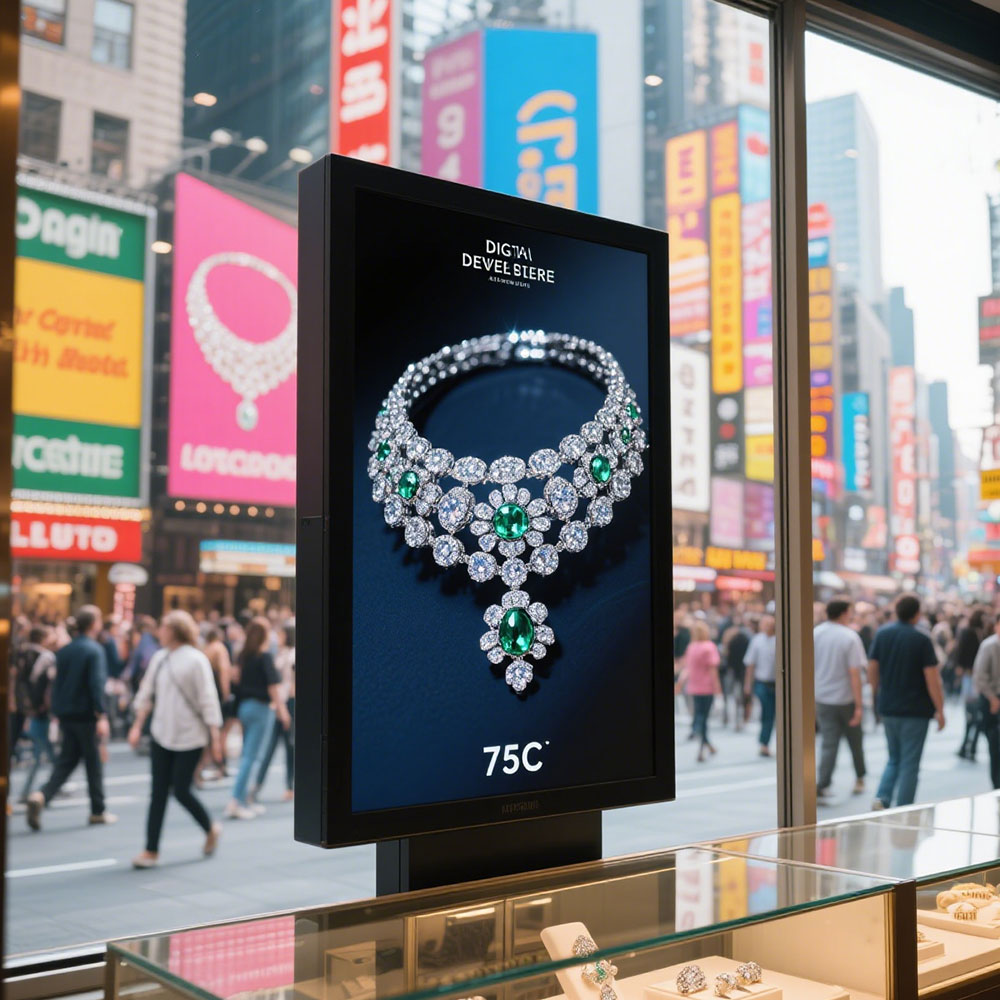Outdoor LCD screens are essential in today’s digital signage landscape—from billboards and transit information displays to retail kiosks and public safety alerts. Selecting the right outdoor LCD screen is not just about brightness; it involves a deep understanding of environmental resilience, display technology, and long-term performance. This article explores the key factors that determine the effectiveness of an outdoor LCD screen in real-world conditions, drawing on industry standards such as IP65/68 ratings, luminance requirements (typically 5,000–10,000 nits), and thermal management systems used by leading manufacturers like LG, Samsung, and Leyard.
First, brightness and ambient light compensation must be considered. In direct sunlight, indoor LCDs become unusable due to glare and low contrast. According to the Society of Information Display (SID), outdoor screens require a minimum luminance of 5,000 nits for daytime visibility, with premium models reaching up to 10,000 nits using high-efficiency LED backlighting. Adaptive brightness sensors, common in commercial-grade units, automatically adjust output based on ambient lighting—reducing power consumption while maintaining clarity.

Second, weatherproofing and ingress protection are critical. Outdoor environments expose screens to rain, dust, extreme temperatures, and UV radiation. The International Protection (IP) code dictates resistance levels: IP65 ensures protection against water jets and dust ingress, while IP68 provides full submersion capability (up to 1 meter depth). Manufacturers often use sealed aluminum enclosures, tempered glass with anti-reflective coatings, and internal dehumidification systems to prevent condensation—a frequent cause of failure in humid climates.
Third, thermal management directly impacts lifespan. Outdoor screens face temperature extremes from -30°C to +60°C. Active cooling via heat sinks or fans, combined with passive radiative cooling designs, prevents overheating during peak sun hours. A case study from a 2022 deployment in Dubai showed that units with intelligent thermal control lasted over 7 years without pixel degradation—compared to 3–4 years for poorly ventilated alternatives.
Finally, maintenance and serviceability matter. High-end outdoor LCDs feature modular design elements (like replaceable LED backlights and easy-access panels) that reduce downtime. Remote diagnostics via IoT platforms also allow proactive maintenance—critical for fleet-based deployments such as city-wide digital signage networks.
In conclusion, choosing the right outdoor LCD screen requires more than selecting the highest brightness rating—it demands a holistic evaluation of durability, environmental adaptability, and total cost of ownership. By prioritizing certified IP ratings, advanced thermal solutions, and smart brightness control, businesses can ensure their outdoor displays remain visible, reliable, and cost-effective for a decade or more.







